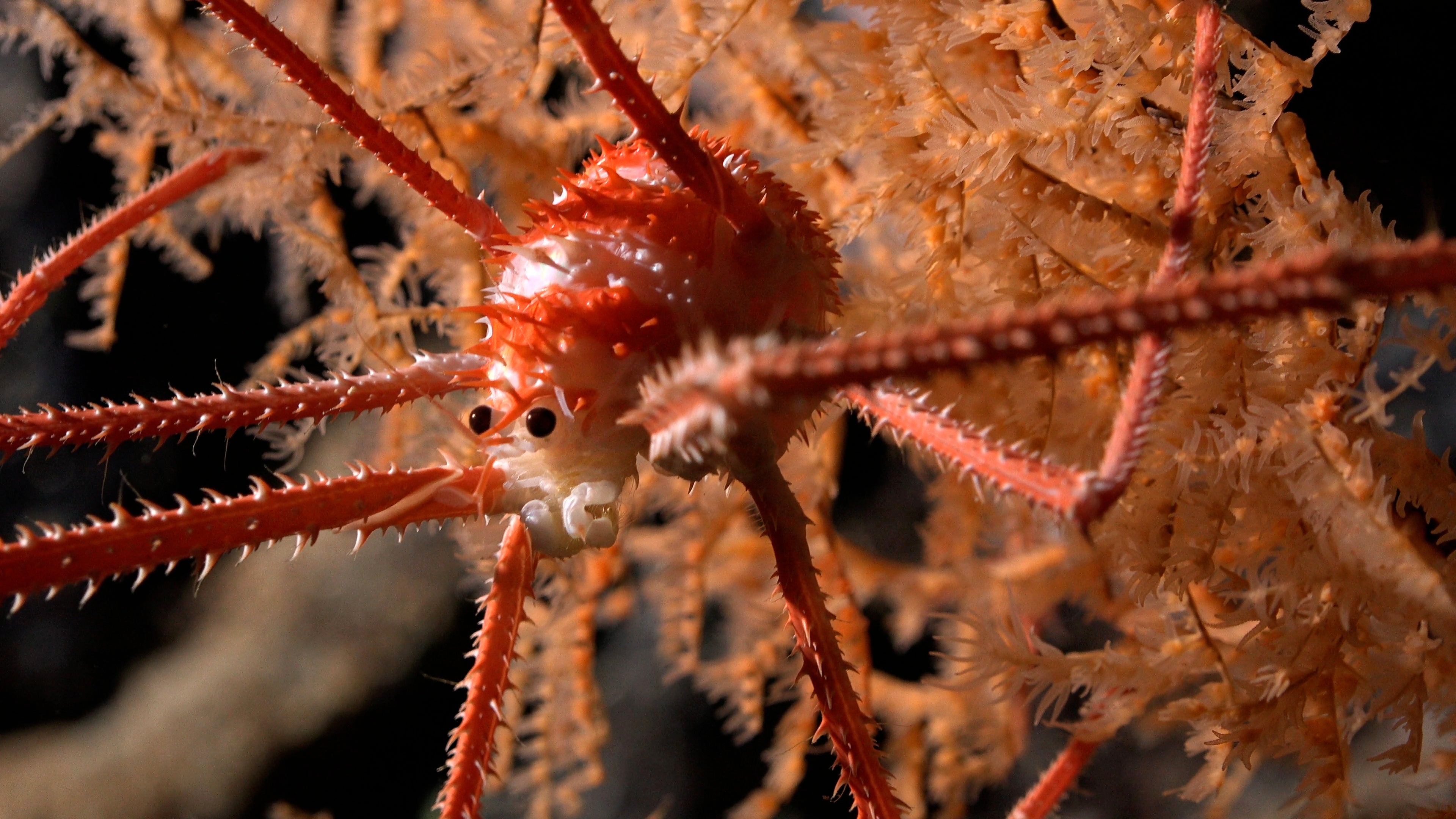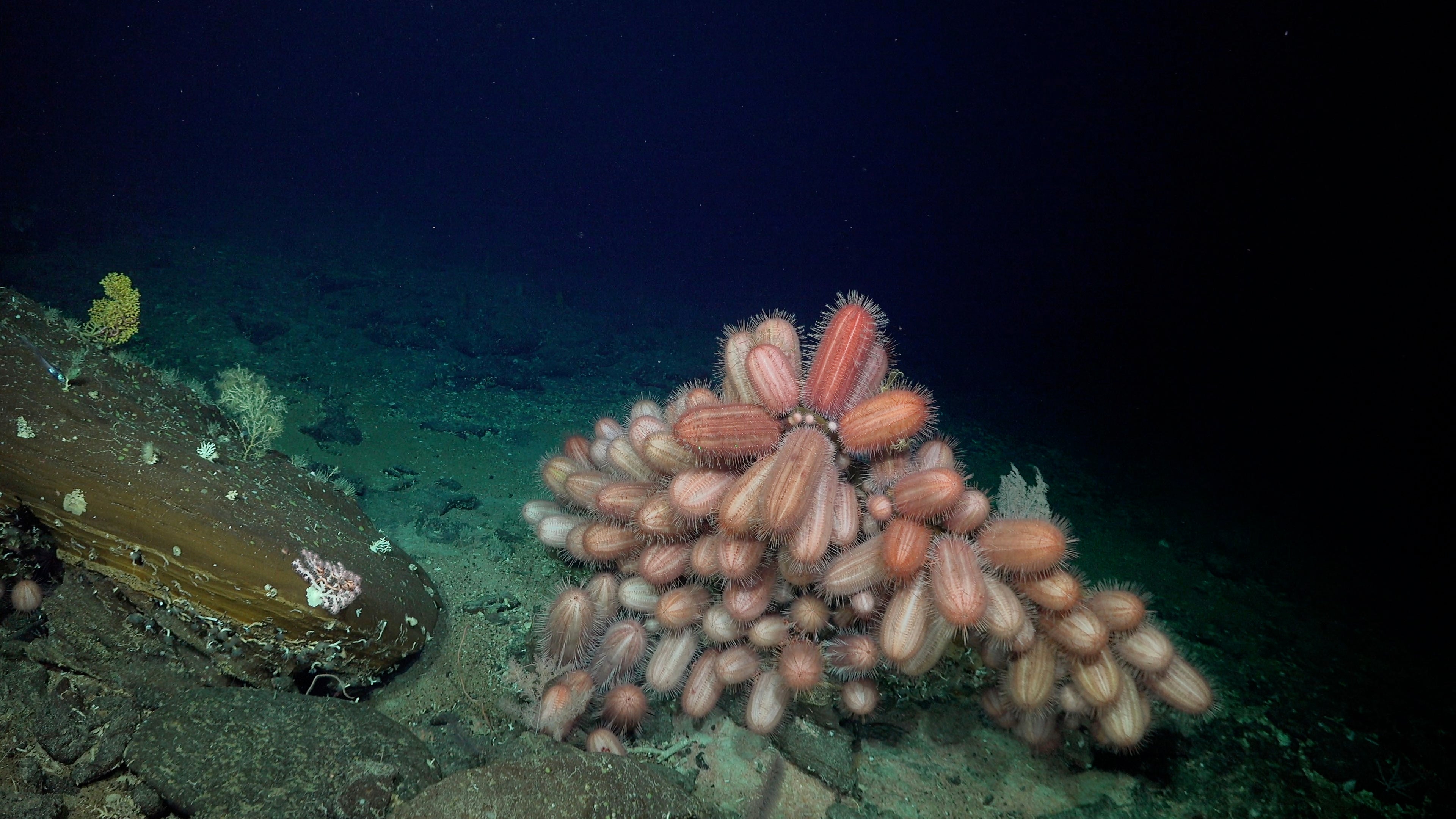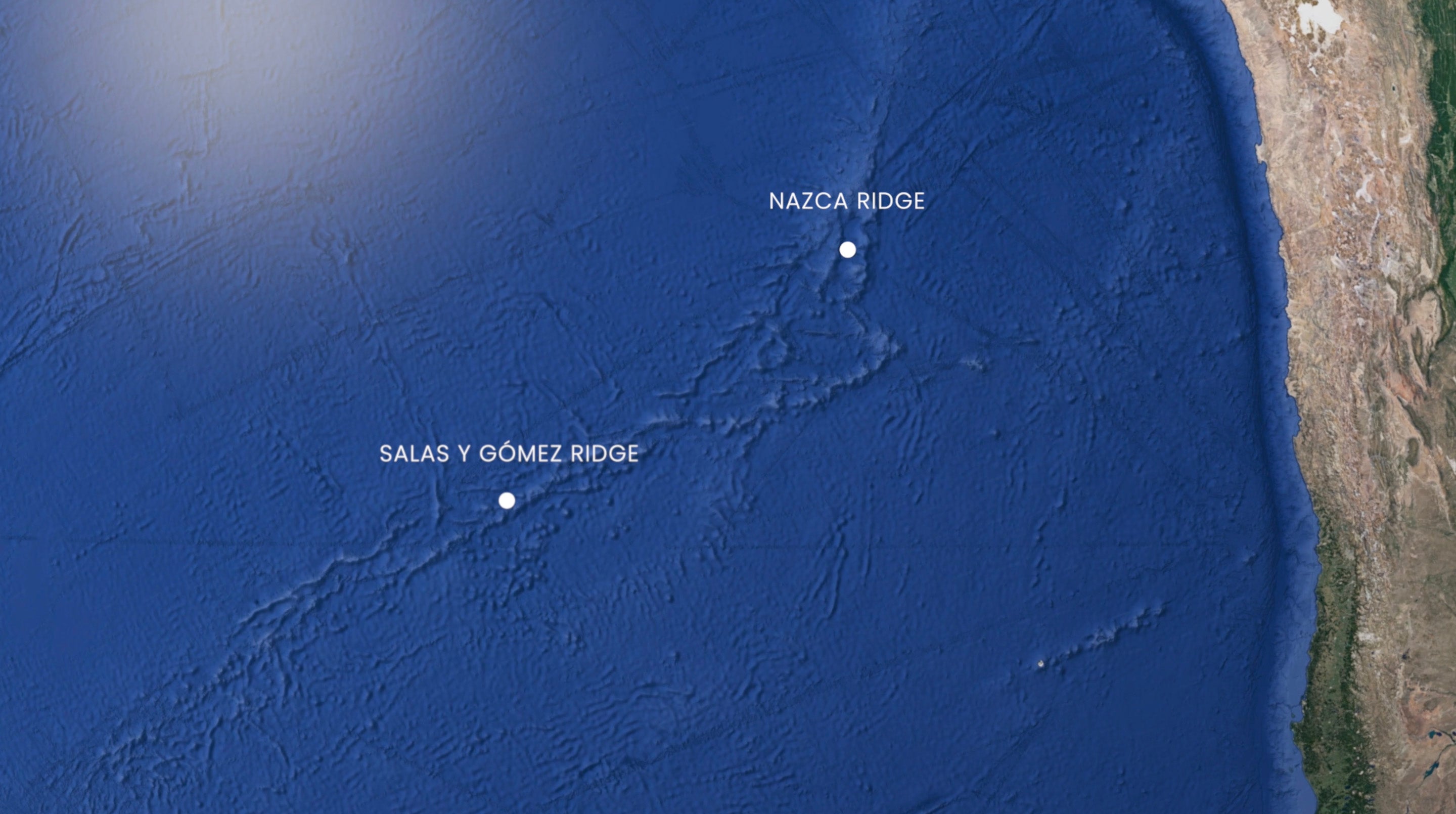Over 100 new species discovered on underwater mountain near Chile
The species were found in a ‘mind-blowing’ discovery up to 3,530 meters below sea level off the coast of Chile

Your support helps us to tell the story
From reproductive rights to climate change to Big Tech, The Independent is on the ground when the story is developing. Whether it's investigating the financials of Elon Musk's pro-Trump PAC or producing our latest documentary, 'The A Word', which shines a light on the American women fighting for reproductive rights, we know how important it is to parse out the facts from the messaging.
At such a critical moment in US history, we need reporters on the ground. Your donation allows us to keep sending journalists to speak to both sides of the story.
The Independent is trusted by Americans across the entire political spectrum. And unlike many other quality news outlets, we choose not to lock Americans out of our reporting and analysis with paywalls. We believe quality journalism should be available to everyone, paid for by those who can afford it.
Your support makes all the difference.Over 100 new species have been found living on an underwater mountain off the coast of Chile in a “mind-blowing” discovery by scientists.
The creatures were found up to 3,530 meters below sea level along the 2,900 kilometer Salas y Gómez Ridge stretching between Chile and Easter Island.
Deep-sea corals, glass sponges, sea urchins, amphipods, squat lobsters and other species likely never seen before were found, according to the Schmidt Ocean Institute.
“We far exceeded our hopes on this expedition. You always expect to find new species in these remote and poorly explored areas, but the amount we found, especially for some groups like sponges, is mind-blowing,” expert Dr Javier Sellanes said.
The team used a remote-controlled underwater robot to explore the marine life and map 52,777 square kilometers of the sea floor and mountains.

Dr Sellanes added: “These thriving and healthy ecosystems indicate that the Nazca-Desventuradas and Juan Fernández Marine Parks effectively protect delicate marine habitats.”
The tallest of the four seamounts, standing at 3,530 meters and explored for the first time, was given the unofficial name ‘Solito’ by the team.
A second expedition along the ridge began on Saturday onboard research vessel Falkor (too). The underwater dives will be livestreamed as scientists explore areas deeper than 600 meters.

“Full species identification can take many years, and Dr. Sellanas and his team have an incredible number of samples from this amazingly beautiful and little-known biodiversity hotspot,” said Schmidt Ocean Institute Executive Director Dr Jyotika Virmani.
The region is rich in natural minerals like cobalt and companies want to mine the mountain range for resources. But previous tests have shown that this industry mining would destroy marine life.
It comes after different scientists discovered a previously undocumented species of giant anaconda in the Amazon which can grow up to 7.5m and weigh close to 500kg.

Until now, four species of anacondas were known, with the largest one – the green anaconda – inhabiting tropical parts of South America such as the basins of the Amazon, Orinoco, and Esequibo rivers, as well as some smaller watersheds.
These anacondas, found in the rivers and wetlands of South America, are well known for their lightning speed and ability to squeeze the life out of prey by coiling around, asphyxiating them, and swallowing them whole.
The new species, described in the journal Diversity, diverged from the previously known southern green anaconda about 10 million years ago, differing genetically from it by 5.5 per cent.
Join our commenting forum
Join thought-provoking conversations, follow other Independent readers and see their replies
Comments